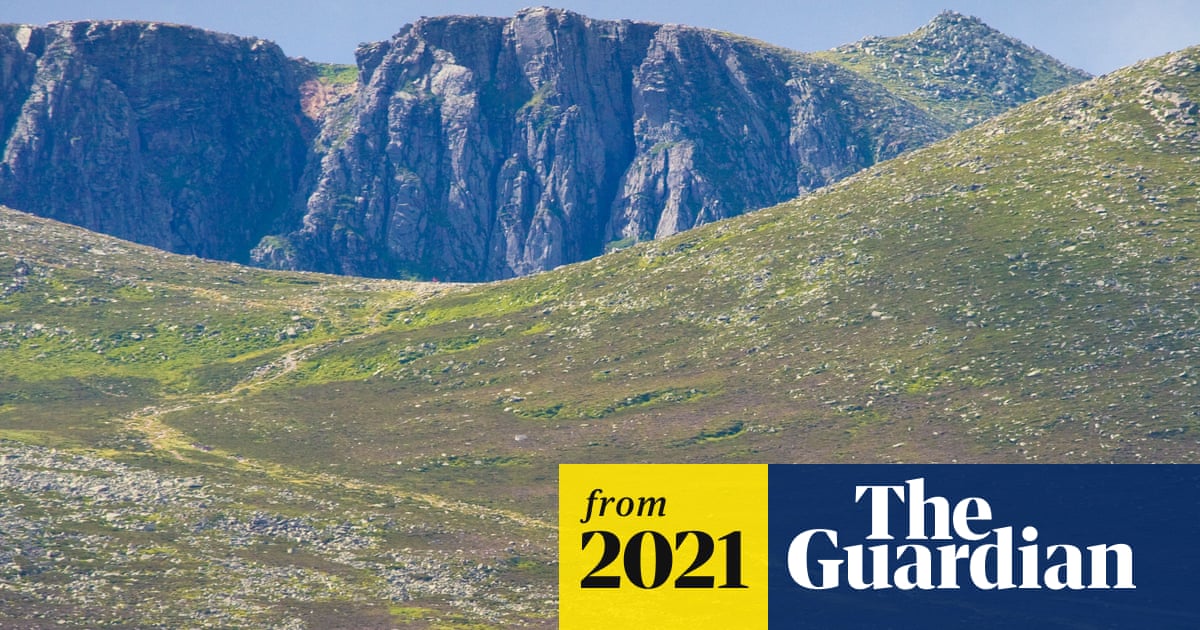Hey all - just thought I'd drop by, as I'm working towards a botany degree now, and there's been a lot of interesting things that have come up that shed light on the above, which I thought I'd share:
- Icelandic soil is quite unusual. Volcanoes that erupt under thick glaciers (not a common thing on Earth outside of Iceland) create a particularly fine, readily-airborne brown particulate matter dust. This blows around and is constantly deposited across the country. That brown ground where little to nothing grew on the west / seaward side, that so-called "jöklaleir" / "glacial clay"? That's an accumulation of nearly pure particulate without organic matter.
- This particulate has a particular property that it tightly binds phosphorus, rendering it unavailable to plants - hence my low phosphorus tests. It's also basic, reducing the natural acidification one finds in a lot of northern soils (explaining my relatively neutral pHs).
- Apart from the phosphorus shortage, where plants lay down carbon at the same time, the combination can form a very fertile soil, as it's otherwise very nutrient rich. But Iceland was so overgrazed for so long that higher portions of dust and lower portions of carbon were laid down, creating an environment that's difficult for plants to grow in.
- The bound phosphorus is made more accessible by mycorrhizal associations, e.g. symbiotic fungi in the roots. It's recommended to seed trees with them before planting.
- The dust has an interesting property, however, where it also strongly binds carbon. Over geologic timescales. Excepting bogs, your average ecosystem sequesters carbon only when it's growing, but when it hits a steady state, so does carbon, and it can be reversed if the local ecosystem changes to a less carbon-intense form. But bogs - and apparently this glacial dust - binds it up effectively permanently.
- The dust grains contain a lot of a clay called allophane. While most clays are made of thin mineral sheets, the allophane is hollow spherules. This makes it very water absorbant, but the water is somewhat difficult for plants to get at (though again mycorrhizal associations can help)
- The spherule-shaped allophane also does not hold together readily, and thus makes the soil very prone to A) letting water drain through it, and B) liquefaction during wet periods. This helps promote landslides where soil is insufficiently anchored.
- The "melur" / gravel pan is caused by the same thing that causes the tussocks in the marshes: frost heaving. Freeze-thaw cycles tend to lift the larger rocks to the surface and leave the finer material below. I had noticed that the material tended to get finer under the surface, but never thought much of it.
- Areas prone to frost-heaving tend to damage the roots of plants planted there.
- In planting, I should be taking into account some additional parameters:
- Looking for bowl-shaped depressions. The plants in them need to be more frost-tolerant, as cold air collects there.
- Though the prevailing winds are to (not from) the sea, and coming from areas where the wind has to go over mountains, I should still be taking salt more into consideration. I should have an eye out for damage on the *backside* of trees relative to the prevailing winds; if present, that tends to be a sign of salt damage. Windbreaks shelter downstream trees from salt, so only the outermost layers of trees in a grove need to have particular salt tolerance in an at-risk area; requirements decline from there in.
Also, just thought I'd add... knock on wood... zero sheep breakins this year(!)

It's been a great summer to be a tree on my land!
Anyway, just thought I'd pass on an update.

Thought not today (due to bursitis in my right leg), I've been spending most of my free time in the research garden lately. The ground heat definitely seems to be encouraging growth, although we won't know for sure until I do a second set of measurements. Doesn't do anything to help plants with frost-sensitive leaves survive frosts, however (where those leaves extend above the surface boundary layer) - had a storm with cold winds brown the top off an entire banana plant, for example. But for plants whose northern limits are caused by root freezing but which can tolerate frost, however (including potentially huge trees), it looks like it might be a great option.




